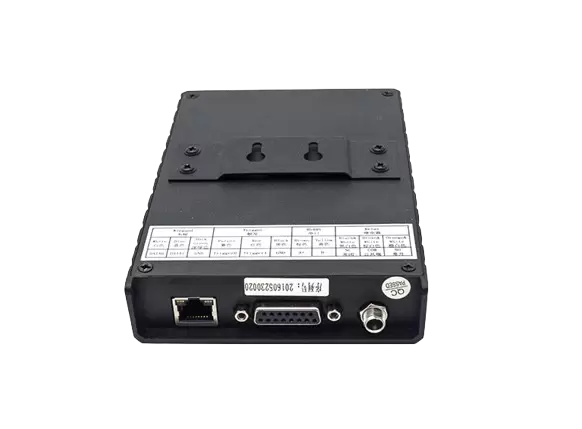As the chill of winter approaches, many homeowners find themselves grappling with the dilemma of how to keep their living spaces warm without incurring exorbitant electricity bills. The quest for an energy-efficient heater that draws the least electricity is not just a matter of comfort; it’s also a crucial step towards sustainable living and reducing one’s carbon footprint. In this article, we will explore various heating options, their energy consumption, and the technologies that can help you make an informed decision.
Understanding Heater Types and Their Energy Consumption
When considering which heater draws the least electricity, it’s essential to understand the different types of heaters available on the market. The most common types include:
- Electric Resistance Heaters: These heaters convert electricity directly into heat. While they are effective for small spaces, they can be quite energy-intensive. Common examples include baseboard heaters and space heaters.
- Heat Pumps: Heat pumps are among the most energy-efficient heating systems available. They work by transferring heat from the outside air or ground into your home. Although they require electricity to operate, they can produce three to four times more heat energy than the electrical energy they consume.
- Infrared Heaters: These heaters use infrared radiation to warm objects and people directly, rather than heating the air. They are often more efficient than traditional electric heaters because they do not waste energy heating the air, which can escape through drafts.
- Gas Heaters: While not electric, gas heaters can be a viable alternative for those looking to reduce electricity consumption. They typically operate on natural gas or propane and can be more cost-effective in areas where gas prices are lower than electricity rates.
Evaluating Energy Efficiency: The Role of BTUs and Wattage
To determine which heater draws the least electricity, it’s crucial to evaluate their energy efficiency ratings, typically measured in BTUs (British Thermal Units) or wattage.
- BTUs measure the amount of heat a heater can produce. A higher BTU rating indicates a more powerful heater, but it also means higher energy consumption. For efficient heating, it’s essential to choose a heater with an appropriate BTU rating for your space.
- Wattage indicates how much electricity a heater uses. For example, a 1500-watt electric heater will consume 1.5 kilowatt-hours (kWh) of electricity per hour of operation. In contrast, a heat pump may use only a fraction of that energy while providing the same amount of heat.
The Best Options for Low Electricity Consumption
After examining various heating technologies, here are some of the best options for those seeking to minimize electricity usage:
- Ductless Mini-Split Heat Pumps: These systems are highly efficient and can provide both heating and cooling. They use inverter technology to adjust the compressor speed, which allows them to use less electricity compared to traditional heating systems.
- Smart Thermostats with Electric Heaters: Pairing electric heaters with smart thermostats can optimize energy usage. These devices learn your heating preferences and adjust the temperature accordingly, ensuring that energy is not wasted when you’re not home.
- Energy Star Rated Heaters: Look for heaters that have the Energy Star label, which indicates they meet strict energy efficiency guidelines set by the U.S. Environmental Protection Agency. These models are designed to use less electricity while providing effective heating.
- Programmable Radiant Floor Heating: While the initial installation cost may be higher, radiant floor heating systems can be incredibly efficient. They distribute heat evenly across the floor, allowing for lower operating temperatures and reduced energy consumption.
Conclusion: Making the Right Choice for Your Home
Choosing a heater that draws the least electricity involves a careful evaluation of your heating needs, the size of your space, and the energy efficiency of various heating technologies. By opting for systems like heat pumps, infrared heaters, or Energy Star-rated models, you can significantly reduce your electricity consumption while maintaining a comfortable living environment.





+ There are no comments
Add yours